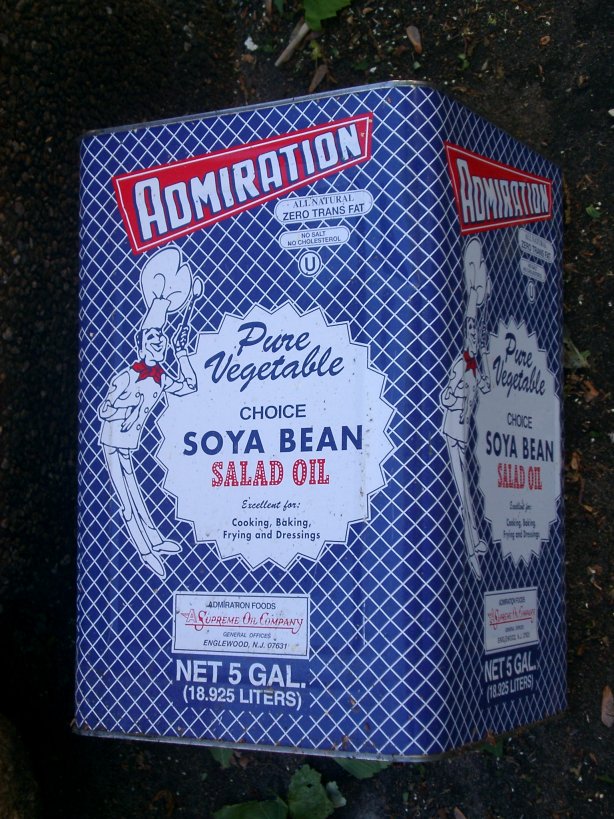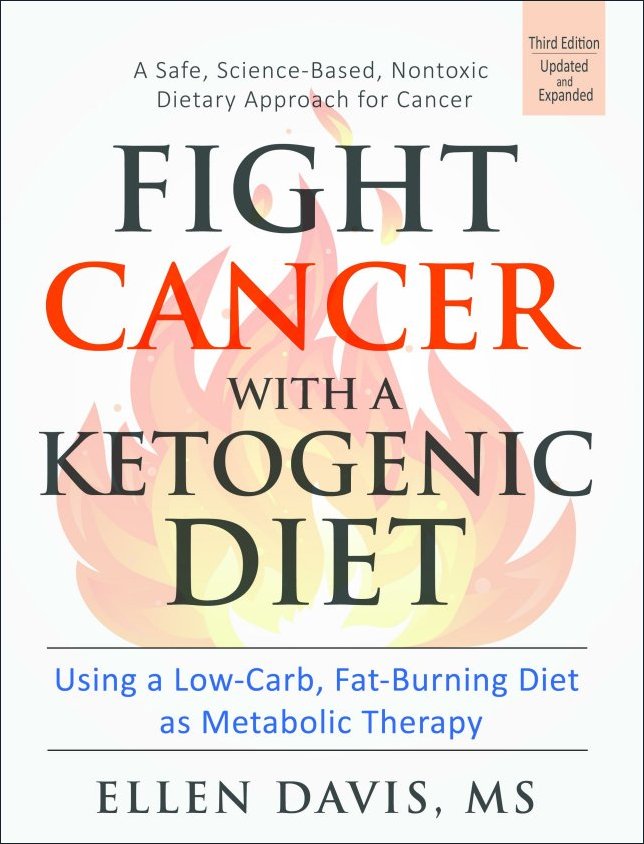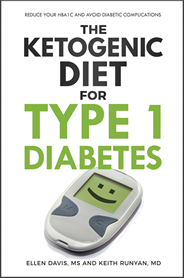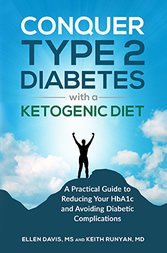Refined Vegetable Oil

Refined vegetable oil starts from the seeds of various plant sources. The fats from plant seeds are polyunsaturated. Polyunsaturated denotes a chemical structure which allows them to remain in a fluid state at room temperature, but also makes them prone to rancidity when exposed to heat or light, a process called oxidation. The oxidation factor makes these oils more likely to break down into cancer-causing free radicals within the body.
There are many different kinds of commercially refined vegetable-based oils, including canola or rapeseed oil, soybean oil, canola oil, corn oil, sunflower oil, safflower oil, and peanut oil. The generic cooking term "vegetable oil" refers to a blend of a variety of oils often based on corn, soybean or sunflower oils.
The process of making these oils is a highly intensive mechanical and chemical process. Despite the mainstream insistence that these are healthy fats, they are high in inflammatory omega-6 fatty acids and made using toxic chemicals. Consuming these oils can increase body inflammation, elevate blood triglycerides, and worsen an impaired insulin response. Consuming these oils has been linked to diabetes, cancer and heart disease in multiple studies.
In addition, many refined vegetable oils are also hydrogenated. This hydrogenation process makes them solid at room temperature so they can be sold as margarine and shortening. This hydrogenation process further damages the fatty acids in the oils, creating trans fatty acids, which are particularly dangerous to human health.
The Process of Extracting Seed Vegetable Oil
The process of extracting oil from plant seeds is not for the squeamish. To begin, most oil seeds such as soybean, rapeseed, cotton, and sunflower come from plants which have been genetically engineered to resist the huge amounts of pesticides applied to them. Take a look at the steps below and decide for yourself if this is a food you want to consume.
- After harvesting of the seed plants, the seeds are husked, cleaned, then crushed. The crushed seeds are heated and steamed to start the oil extraction process. A mechanical press is also used to apply high heat and friction to press the oil from the seed pulp.
- The resulting seed pulp and oil are washed in a hexane solvent bath and steamed again to squeeze out more oil. (Note that hexane is a chemical produced by the refining of crude petroleum oil. Chronic intoxication from hexane has been observed in recreational solvent abusers and in workers in the shoe manufacturing, furniture restoration and automobile construction industries where hexane is used as a glue. The initial symptoms are tingling and cramps in the arms and legs, followed by general muscular weakness. In severe cases, atrophy of the skeletal muscles is observed, along with a loss of coordination and problems of vision. In 2001, the U.S. Environmental Protection Agency issued regulations on the control of emissions of hexane gas due to its potential carcinogenic properties and environmental concerns.)
- At this point, the seed/oil mixture is put through a centrifuge and phosphate is added to begin the separation of the oil and seed residues.
- After solvent and centrifuge extraction, the crude oil is separated and the solvent is evaporated and recovered. The seed pulp residues are conditioned and reprocessed to make by-products such as animal feed.
Cleaning up the Mess...
The crude vegetable oil is then put through further refining techniques including degumming, neutralization and bleaching as explained below.
- Water degumming: In this process, water is added to the oil. After a certain reaction period the hydrated phosphatides can be separated either by decantation (settling) or continuously by means of centrifuges. In this process step a large part of water soluble and even a small proportion of the non-water soluble phophatides are removed. The extracted gums can be processed into lecithin for food, feed or for technical purposes.
- Neutralization: Any free fatty acids, phospholipids, pigments, and waxes in the extracted oil promote fat oxidation and lead to undesirable colors and odors in the final products. These impurities are removed by treating the oil with caustic soda (sodium hydroxide) or soda ash (sodium carbonate). The impurities settle to the bottom and are drawn off. The refined oils are lighter in colour, less viscous, and more susceptible to oxidation.
- Bleaching: The major purpose of bleaching is the removal of off-colored materials in the oil. The heated oil is treated with various bleaching agents such as fuller's earth, activated carbon, or activated clays. Many impurities, including chlorophyll and carotenoid pigments, are absorbed by this process and removed by filtration. Bleaching promotes oxidation since these natural antioxidants and nutrients are removed along with the impurities.
- Deodorization: this is the final step in the refining of vegetable oils. Pressurize steam at extremely high temps (500 degrees or more) is used to remove volatile compounds which would cause off odors and tastes in the final product.
The product produced is referred to as "refined oil" and is ready to be consumed or for the manufacture of other products, such as hydrogenated shortening. A light solution of citric acid is often added during this step to inactivate any metals such as iron or copper present in the final product.
As you can see, the process of refining food oils creates a unhealthy product prone to rancidity. Rancid oils in any form are particularly bad for your health because they introduce damaging free radicals into your body.
Try This Experiment
Here's an experiment you can do to help you see what heat and light does to vegetable oil:
- Pour a teaspoon of vegetable oil on one side of a metal cookie sheet.
- Pour a teaspoon of melted bacon grease on to the other side of the cookie sheet.
- Bake the cookie sheet at 350 degrees F for about 30-45 minutes, and then remove and observe the results.
Notice how the end result of the vegetable oil is like a sticky shellac? Now look at the bacon grease. Note that there's no shellac. Just bacon grease.
Resources for Further Reading
- FAO document on the process of refining food oils
- Review of the Evidence that Polyunsaturated Oils Promote Cancer
- Video Comparison of Making Butter to Making Canola Oil on Tom Naughton's Fathead Movie blog.
All of my books are available in electronic PDF, and now in paperback on Amazon!
 |
 |
 |
|
Buy paperbook on Buy paperback on Amazon Buy the e-Book via Paypal |
Buy paperback on Buy paperback on Amazon Buy the e-Book via Paypal |
Buy paperback on Buy paperback on Amazon Buy the e-Book via PayPal |